If you’ve just watched The Cloverfield Paradox on Netflix, chances are you’re filled with questions. The third film in the anthology series blasts into the future with repercussions spanning multiple dimensions and timelines of the loosely-linked monster movies.
We sat down for a spoileriffic chat with franchise mastermind and Executive Producer J.J. Abrams and The Cloverfield Paradox director Julius Onah - listen to it here on the Empire Spoiler Special Podcast - who dished out details on the film’s continuity, easter eggs, and a secret J.J. project.
WARNING: CONTAINS MASSIVE SPOILERS FOR THE CLOVERFIELD PARADOX
1) Poltergeist is a major influence
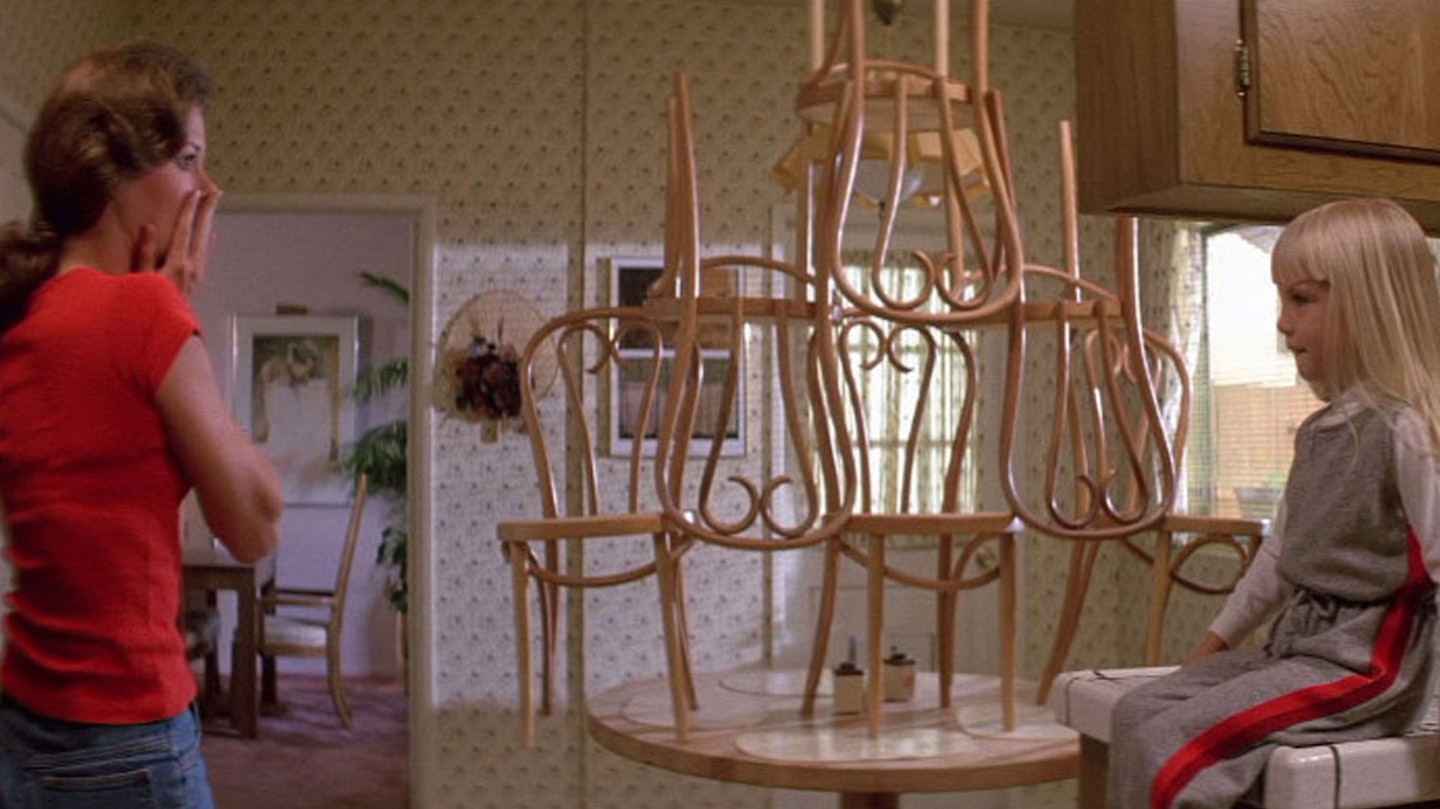
The Cloverfield Paradox is packed with overt horror homages, from the Alien-inspired worm-burst sequence, to the Evil Dead II-alike sentient arm scene. But Abrams likens Paradox most to Poltergeist for the surreal moments it delivers without logical or rational explanations.
“Poltergeist used a haunting to allow for all these disparate elements — a steak crawling on a counter, a bunch of stairs stacking up, corpses rising out of the pool, a toy clown coming to life and grabbing you, or a girl going into a television set,” he said. “It allowed for crazy weird shit you just want to see, within a storyline that had an excuse for it.”
2) J.J.’s favourite easter egg was cut for being ‘too crazy’
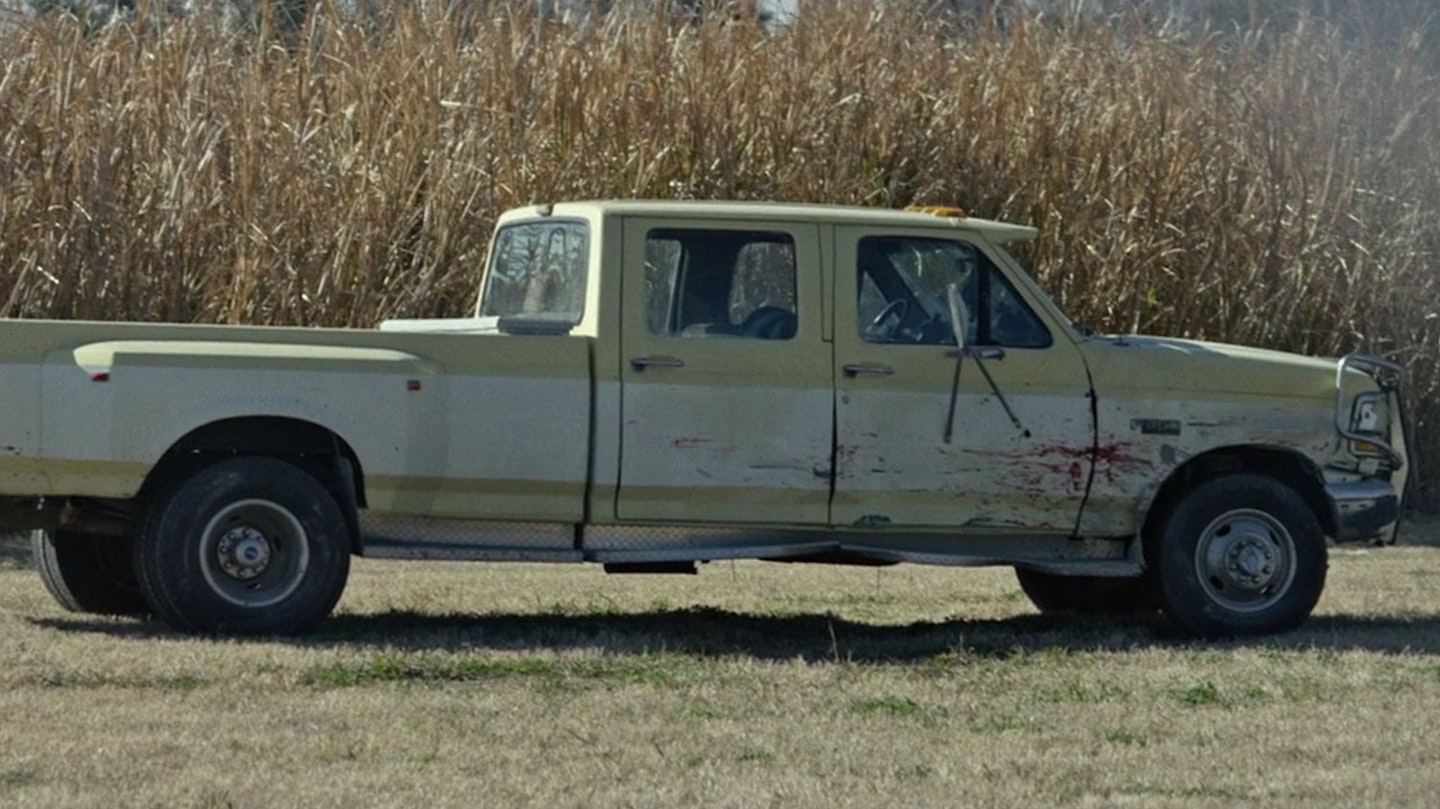
There are plenty of Cloverfield throwbacks dotted around Paradox, from the Kelvin gas station (previously seen in Super 8 as well as 10 Cloverfield Lane) to the Slusho bobblehead and Tagruato logos. But Abrams’ favourite call-back to 10 Cloverfield Lane during the space-walk sequence ended up getting the chop.
“All this debris is flying around, [and] there was a truck that was [the one] from 10 Cloverfield Lane,” Abrams revealed. “Some people called it out as being too crazy. I loved it because I just thought it was so bonkers, but some people felt it was too distracting.”
3) The monster at the end is the one from the first Cloverfield
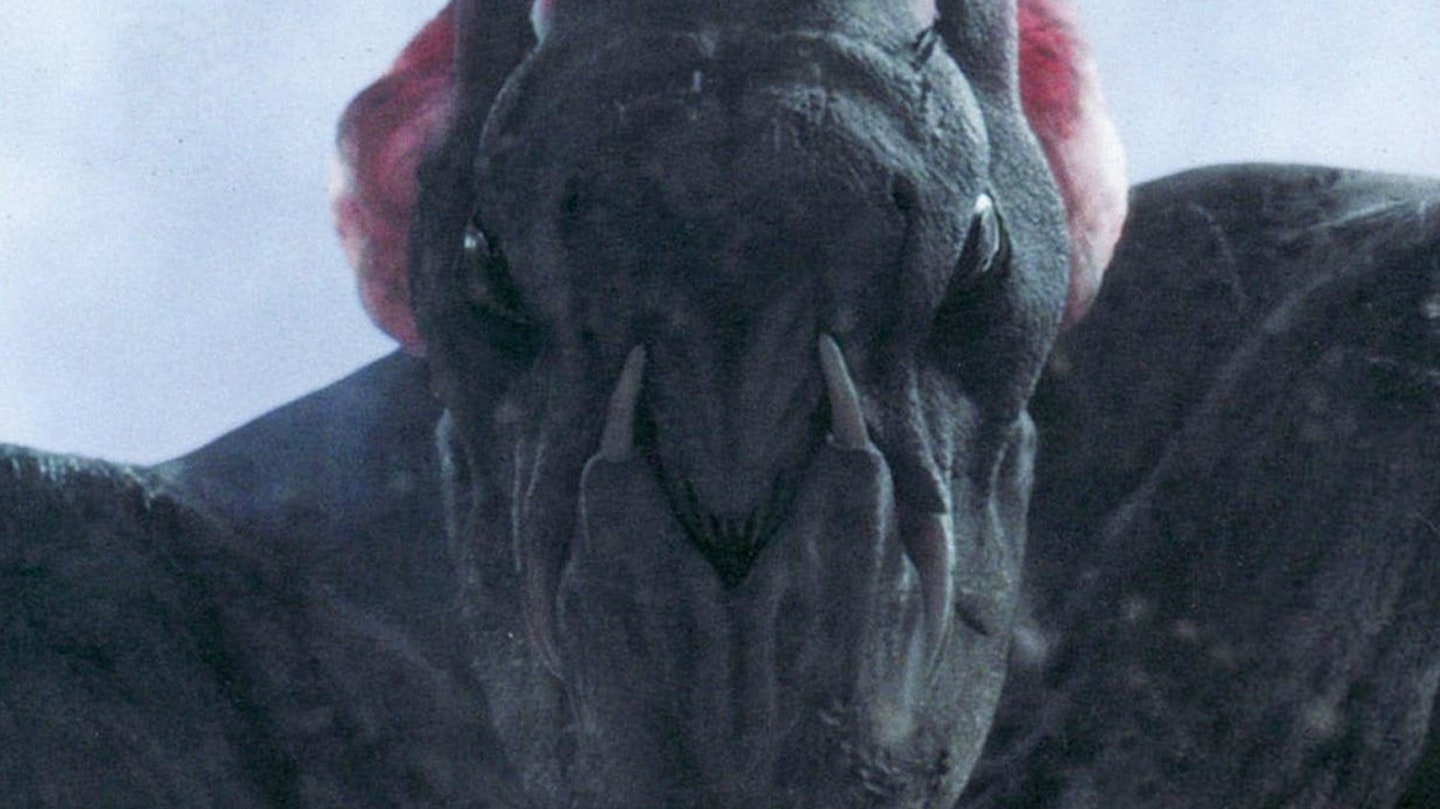
The Cloverfield Paradox spews up a whole tank of worms when it comes to franchise continuity, splintering out into a multi-verse of alternate timelines and dimensions. During the spoiler interview Abrams confirmed that the monster bursting from the clouds at the end of Paradox is “the same creature [that appears in the original Cloverfield], but definitely bigger”, which throws up the possibility that the first film and third films take place in the same universe, just in a non-linear fashion. The Shepard experiment in 2028 disrupts the fabric of space and time, causing the creature to emerge and attack New York two decades previously in 2008. By the time Hamilton and Schmidt arrive back on Earth twenty years on from the events of Cloverfield, the creature has majorly bulked up — or, as Onah puts it, “it was a baby in the first one, so maybe it started eating its wheaties and grew a little bit”.
4) The final shot is in there because it made J.J. Abrams laugh

If you thought the monster money-shot at the end was OTT and unsubtle, you’re not the only one — Abrams felt the same, and that’s exactly why it’s there. “When we tried it, it made us laugh,” he said, adding that it was written in partly as a pay-off for the Earth-bound plot of Ava’s husband Michael, and partly to give audiences an extra dose of classic Cloverfield.
5) The non-linear timeline makes the World War II-set Overlord possible
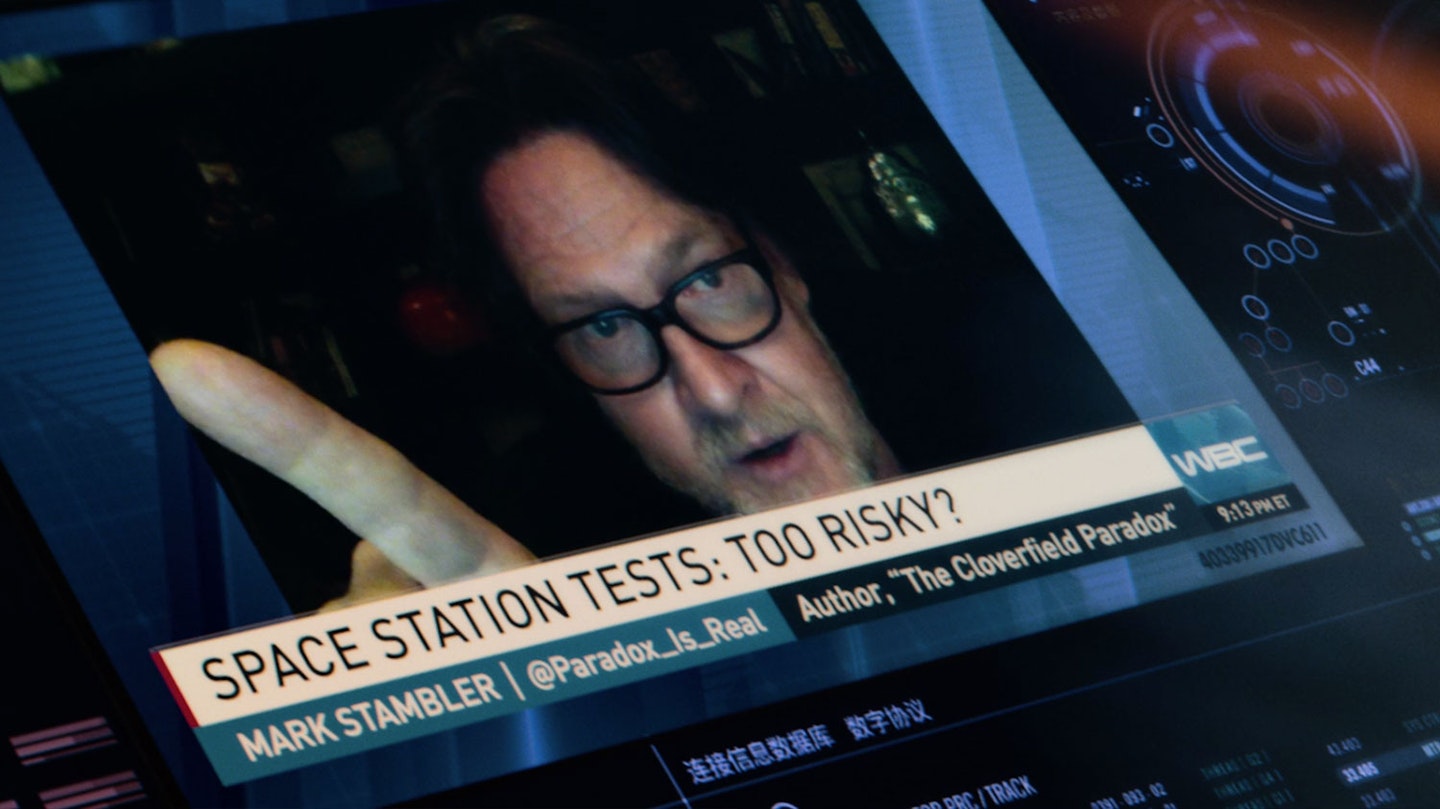
The Cloverfield Paradox not-so-subtly blows the possibilities of its multi-verse wide open thanks to the film’s conspiracy theorist Mark Stambler (Donal Logue), who ominously warns: “They risk ripping open the membrane of space time, smashing together multiple dimensions, shattering reality […] And not just here and now — in the past, in the future, in other dimensions.”
Paradox’s time-altering experiment is significant with the fourth Cloverfield film, codenamed Overlord, taking place around D-Day. The third instalment not only functions as an origin story, but allows future Cloverfield films to take place in any time or location.
“Though this [is] a future story, there was an opportunity for us to create something that would give license to do things that were simply insane and reality-bending and bizarre, not even just in this movie, but also in the films that have preceded it and those that follow,” Abrams said.
6) Simon Pegg and Greg Grunberg both have voice cameos
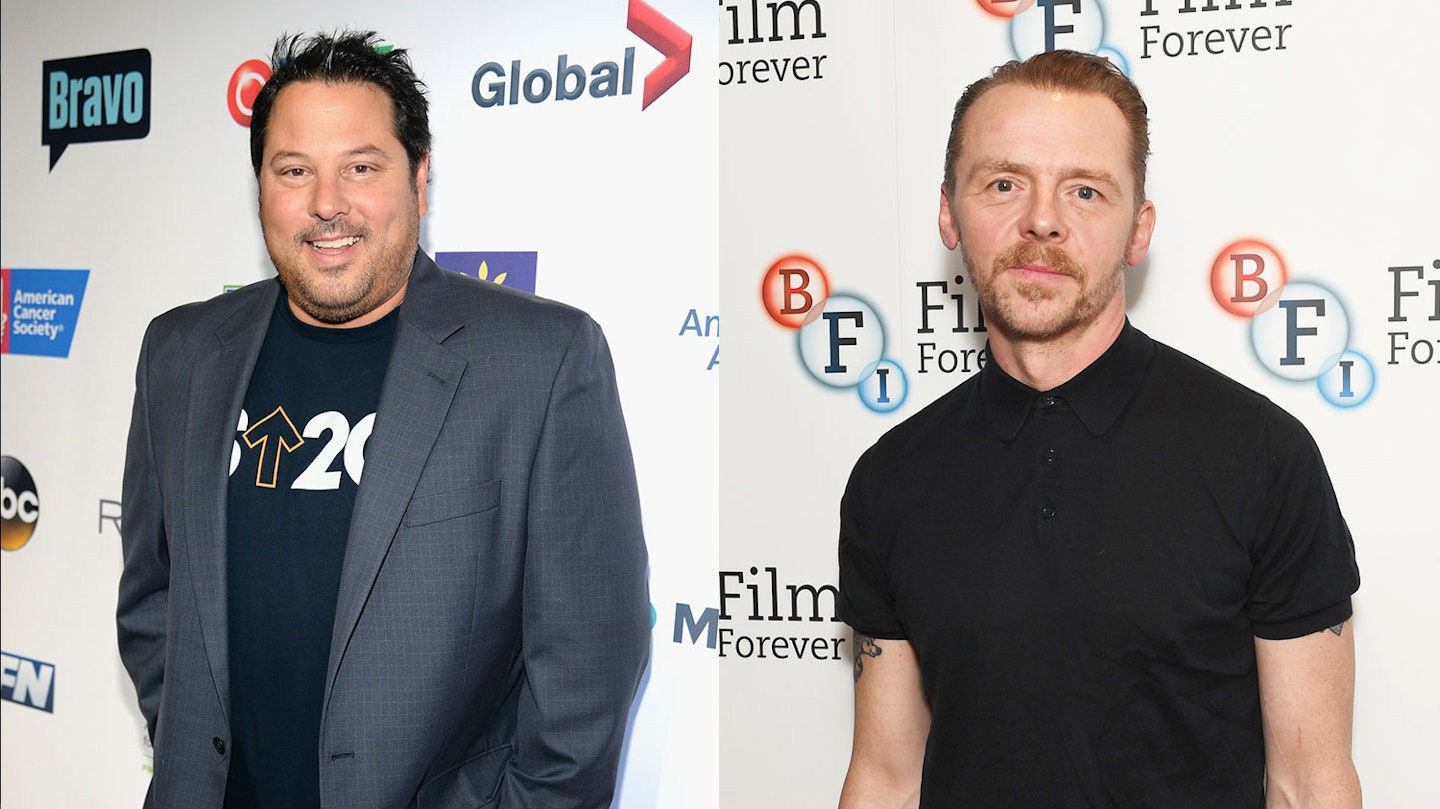
It wouldn’t be a J.J. Abrams project without some involvement from his lucky charm actors, and both turn up in voice roles in Paradox. Abrams confirmed that Pegg is the second voice you hear in the opening of the film, while Grunberg is the mission control operative on the other end of the phone to Ava’s husband Michael on Earth.
7) The kids’ cartoon Bleep Bloop is a secret J.J. Abrams project

The amusingly-titled ‘Bleep Bloop’ cartoon that Molly watches in the bunker is actually a real, unseen project by Abrams and Parks and Recreation actor Ben Schwartz, who also helped to ‘voice’ BB-8’s bleeps and bloops in Star Wars: The Force Awakens.
“Bleep Bloop is a real thing that Ben Schwartz and I did together years ago that we’ve never done anything with,” Abrams told us. “Ben and I have been talking, now we have to probably put it out there. Wait until you see the thing for real, it’s ridiculous.”
The Cloverfield Paradox is out now on Netflix
